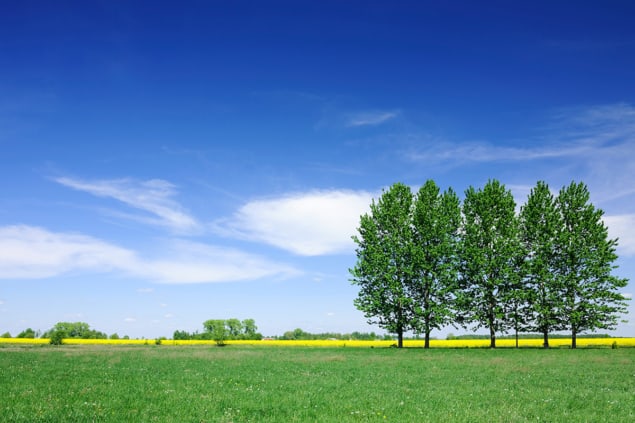
The 2nd State of the Carbon Cycle Report (SOCCR-2) reports on changes to sources and sinks of atmospheric carbon in North America. Although addressed to policy makers and citizens alike, the report does not offer policy recommendations of its own.
Focusing on scientific developments since the first report a decade ago, SOCCR-2 finds that the global carbon cycle is changing at a much faster pace than at any time in geological history. Since SOCCR-1, atmospheric carbon dioxide and methane concentrations have been on the rise, the scientists report. They attribute the changes in carbon dioxide primarily to fossil fuel combustion.
Among the innovative research projects underlying SOCCR-2 was one on the subsurface sequestration of carbon conducted by Marc Kramer of Washington State University, and Oliver Chadwick of the University of California, Santa Barbara, both in the US.
At the American Geophysical Union (AGU) Fall Meeting in December, Kramer reported that globally, soils hold three times as much carbon as the atmosphere, and that 90% of the carbon held in soil at depth is chemically bound to iron- and aluminum-bearing minerals. The scientists investigated soils as far as 2 m below the surface. This discovery, Kramer said, “opens a new possibility for dealing with [carbon] as it continues to warm the Earth’s atmosphere”.
The global study comprised 67 sites in a wide variety of biomes. Reactive minerals retained from 6 to 72% of organic matter, depending on the local climate. What’s more, Kramer said, a relatively slight shift in effective moisture in the soil could cause a big shift in the role of the minerals.
As the climate warms, Kramer added, drying soils would not be able to sequester as much carbon at depth; the water needed to leach carbon from organic matter on the surface and send it below ground would not be available. Currently, he estimates that 600 Pg of carbon is retained in subsurface minerals, nearly as much as found in Earth’s atmosphere and twice as much as emitted by anthropogenic activities since the industrial revolution.
Abhishek Chatterjee of the US Universities Research Association, a contributor to SOCCR-2, summarized three main findings specifically regarding North America. Emissions from fossil fuel combustion and changes in land cover will continue to be the primary contributor to carbon cycle change, he said. By 2040, between a 12.8% decrease and a 3% increase in fossil fuel emissions is possible.
Natural carbon sinks, including land, the ocean, and coastal and freshwater systems, are diminishing in strength and are at risk into the future, Chatterjee continued. They could eventually turn into a net source of atmospheric carbon.
Finally, accelerated warming in the high latitudes of Alaska and Canada makes large stores of carbon — between 5 and 15% of all carbon currently held in permafrost soils — vulnerable to release into the atmosphere by 2100.



